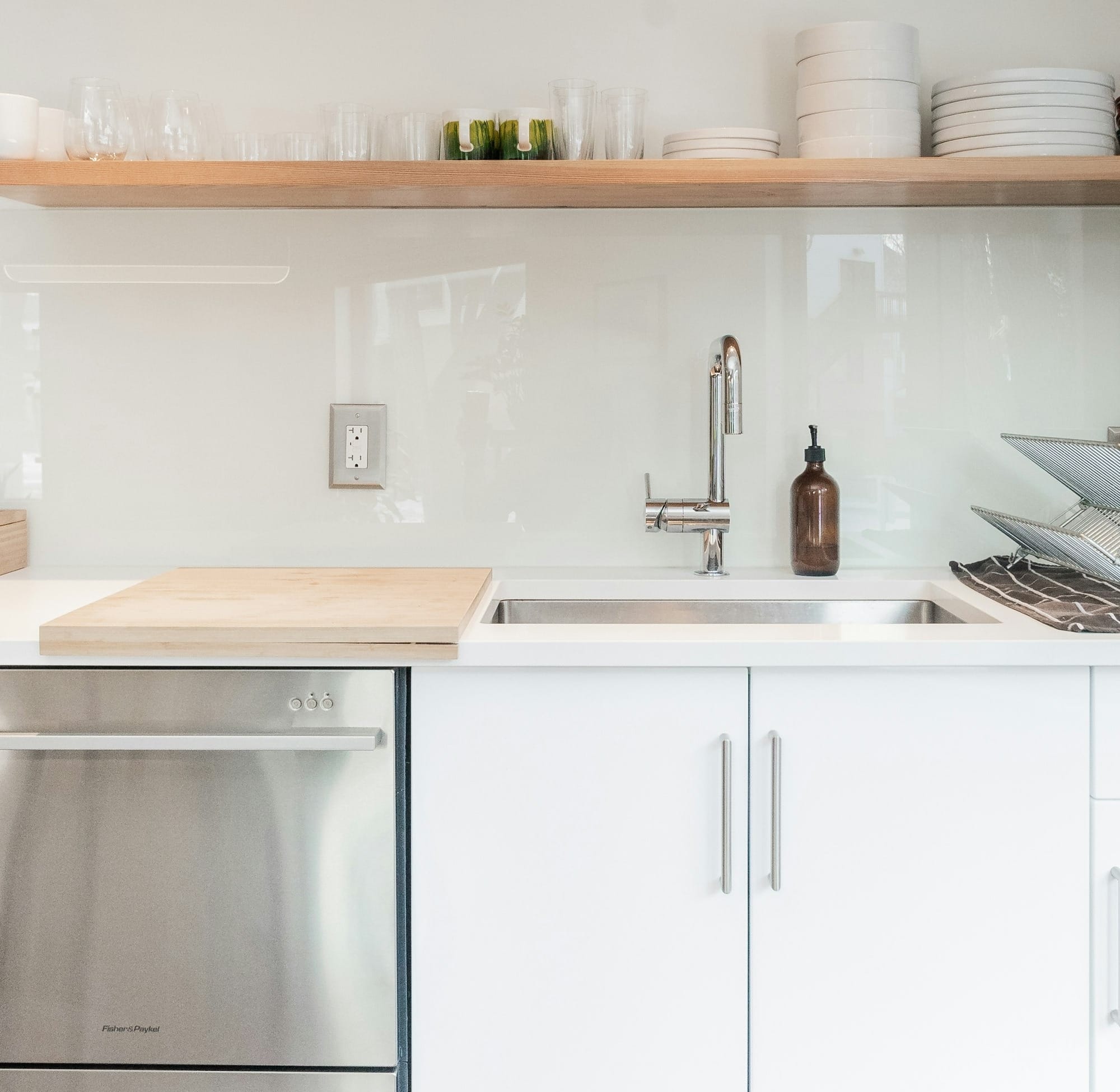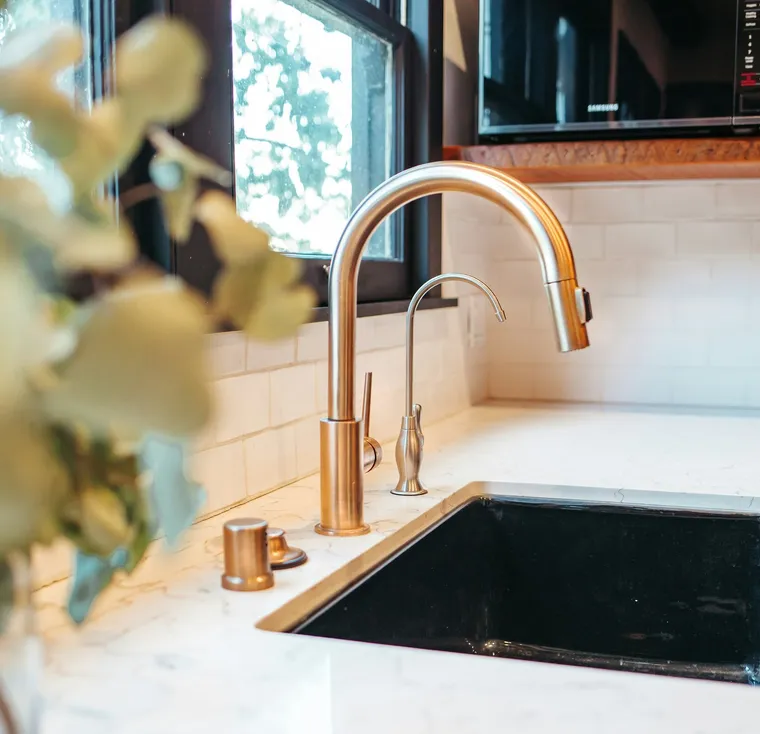The right combination not only streamlines daily tasks like washing dishes and preparing food but also elevates the overall look of your space. With modern designs and innovative features, you can find a sink and faucet that perfectly match your lifestyle and taste.
Understanding Your Kitchen Needs
Before diving into choosing a kitchen sink and faucet, start by assessing your kitchen's specific needs. Consider how often you cook, the size of your household, and your cleaning habits. If you frequently entertain guests or have a large family, you might benefit from a larger sink or a faucet with a flexible hose for easy cleaning. On the other hand, if you have a small kitchen or cook infrequently, a compact sink and a simpler faucet might suffice. Your cooking habits can significantly influence the type of sink and faucet that best suits your lifestyle.

It's also important to think about the aesthetic and practical aspects. The style and finish of your sink and faucet should complement the overall design of your kitchen. Do you prefer a modern, sleek look or something more traditional? Additionally, consider the materials and their durability. Stainless steel sinks, for example, are highly durable and easy to clean, while ceramic sinks offer a more classic appearance. By understanding your kitchen needs and preferences, you can make informed decisions that enhance both functionality and style.
Different Sink Configurations: Single, Double, and Triple Bowls
Choosing the right sink configuration can significantly impact your kitchen's functionality and efficiency. Single bowl sinks, offering a larger uninterrupted space, are perfect for handling big pots and pans, making cleanup easier. They're a great choice for smaller kitchens or minimalist designs where counter space is at a premium. On the other hand, double bowl sinks provide the flexibility to multitask—one bowl can be used for soaking or washing dishes while the other handles rinsing and draining. They're particularly advantageous if you often find yourself juggling multiple kitchen tasks simultaneously.
For those who need even more versatility, triple bowl sinks come into play. These often feature two larger bowls flanking a smaller middle bowl equipped with a garbage disposal. This configuration allows for even more specific task management within the sink area, ensuring that you can handle food prep, cleaning, and waste disposal without cross-contaminating. However, they require more counter space and are usually more suited to larger kitchens. Each configuration offers distinct advantages depending on your kitchen habits and available space, making it crucial to assess your day-to-day needs before making a choice.
Exploring Faucet Styles: Pull-Down, Pull-Out, and Pre-Rinse
Pull-down faucets are a widely popular choice due to their sleek design and functional flexibility. The spray head on these faucets pulls down straight into the sink, making it a breeze to fill large pots or rinse every corner of the sink. Ideal for deep sinks, pull-down faucets often feature multiple spray settings, adding to their versatility. Moreover, they come in various finishes including stainless steel and brushed nickel, which not only enhances the kitchen's aesthetic but also helps in combating water spots and fingerprints.
Pull-out faucets, while similar to pull-down models, are slightly more compact and versatile in smaller sink environments. The faucet head pulls out towards you, making it easy to fill pots placed on the countertop beside the sink. These faucets generally have a longer hose, allowing for greater maneuverability when cleaning or rinsing. Pre-rinse faucets, often found in professional kitchens, are another option characterized by their high-arc spring design and powerful spray settings. These are particularly suited for heavy-duty tasks, bringing a touch of professional-grade utility to your kitchen.
Budget Considerations and Value for Money
When evaluating budget considerations for your kitchen sink and faucet, it's important to find a balance between affordability and long-term value. Lower-cost options may seem appealing initially, but seldom offer the durability or features of mid-range or premium models. Investing in a high-quality sink and faucet can save you from frequent replacements and repairs, effectively reducing long-term costs. Consider materials such as stainless steel or composite granite for sinks, and solid metal finishes for faucets to ensure longevity and sustained performance.

Finding value for money involves scrutinizing not just the price tag but also the functionality and ease of maintenance. Look for features that will make your kitchen activities more efficient and enjoyable, such as deep basins in sinks or faucets with spray functions and easy-to-clean surfaces. Additionally, think about water efficiency to lower utility bills and the environmental impact. Often, higher upfront costs can translate into significant savings and satisfaction over the lifespan of the product, making them a wiser investment in the long run.
